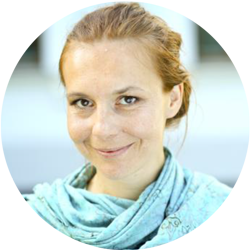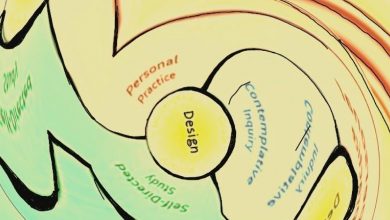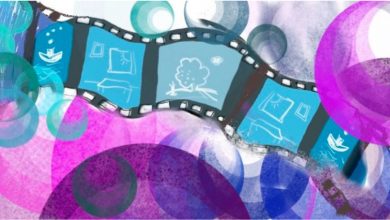Positive telegram
This article answers the question: How and why to collect positive feedback?

Why did I choose this tool?
Stepping into the Positive Emotional State may empower your professional life and boost your creativity to a level that was not attained before. Asking for positive feedback may strengthen solution-oriented focus in professional relationships with your colleagues.
How does this apply to a trainer?
As trainers we are quite often focused on our deficits rather than our strong sides. If we use the problem-solution approach too much, our motivation to be a trainer and the satisfaction from our work can significantly decrease. That’s why I would encourage every learner, at least once in their life, to check the power of positive feedback.
Main content:
How and why to collect positive feedback?
There is a dilemma between the two different approaches dealing with the same issue. The first one is a problem oriented approach, and the second one is a solution oriented approach.
The first one would state a question: What didn’t work out and why? How can we fix it? The second one would ask: What has worked well? How can we improve it?
The discussion about which one of them is better is an ongoing one, and hasn’t been solved. It seems that both approaches are necessary and both are present at all times, but often function as if they were diametrically opposed.
It is important to be aware what consequences can both of them bring. As a part of Intentional Change Theory, there are two attractors within each of us (Boyatzis, 2008), and both of them have a powerful impact on our feelings and behaviors.
The problem oriented approach may lead us to a state of the Negative Emotional Attractor (NEA), in which our emotions go down, motivation is decreased, we are less open to others, and life energy becomes condensed. This state keeps our attention and clarity of mind low, and consumes a lot of vital energy. Nevertheless, it helps us to stay grounded.
The solution oriented approach would lead us to the Positive Emotional Attractor (PEA), during which our creative energy is stimulated, we are more cognitively open, more collaborative and believe in solutions; this positive mood empowers new and unconventional solutions.
The two attractors reflect the two basic needs of a human organism: the need to survive and the need to thrive.
With this tool I would like you to focus on the positive side and explore aspects of your performance that helped you reach success.
”Can you tell me a time when I was at my best as a trainer/facilitator/leader?”
It may look surprisingly strange why we should ask such a superficial question.
The answer is very easy – in most cultures we have a tendency to look more at weaknesses than strengths. We invest a lot of energy into things that are not working instead of empowering things that are working.
That also shapes our energy. By stepping into the Negative Emotional Attractor (NEA), we provoke our whole being to enter the state of emergency or even danger, which as a consequence stimulates our system to produce particular hormones that affect strongly our behavior and immunological system. Staying longer in that mode may cause us not only to lose our motivation and passion to work, but also strongly affect our health.
In contrast, stepping into the Positive Emotional Attractor (PEA) may empower our professional life and boost our creativity to the extent which was not possible before.
There is an additional factor that would motivate you to use positive feedback with your colleagues. The positive energy reaches the one who receives feedback and also inspires and changes the behavior of colleagues who give feedback. You may notice a shift into a more positive and proactive mood among your team members, organization and network.
Reflection questions:
After receiving the feedback:
- How did the responders describe you?
- Which elements of your performance were particularly underlined by the responders?
- Was there any particular context described?
- What has surprised you?
- What would you like to strengthen, and what would you like to keep as it is?
- How would you like to develop further as a trainer?
Exercises:
Send a positive telegram to your colleagues via e-mail, FB post, or other digital tool described in another article „Mobile learning”. Collect minimum 10 answers as feedback and analyze them!
Ask the magic question:
”Can you tell me a time when I was at my best as a…………………………..?”
____________________________





